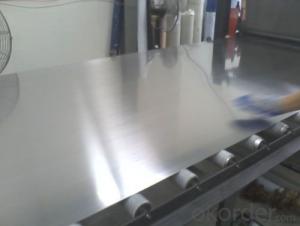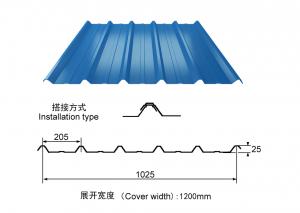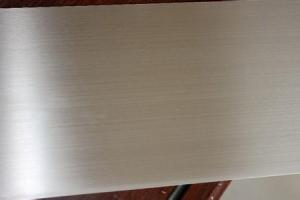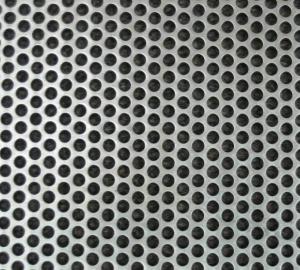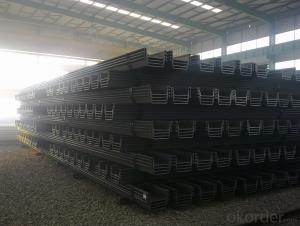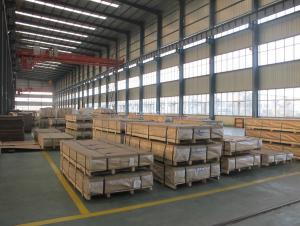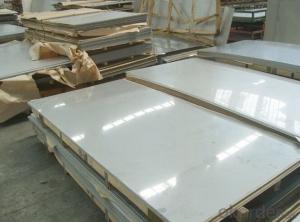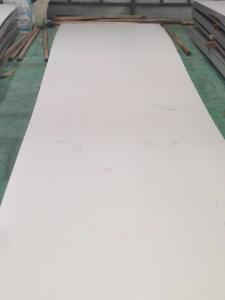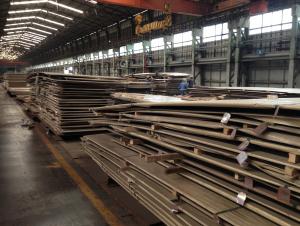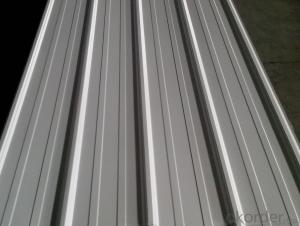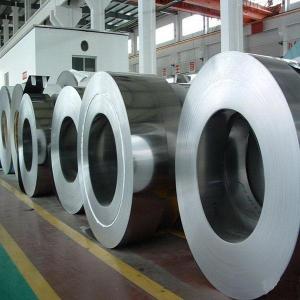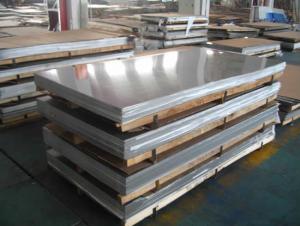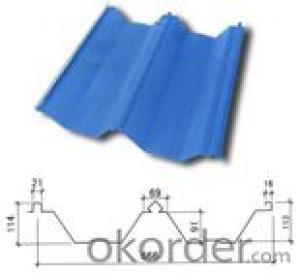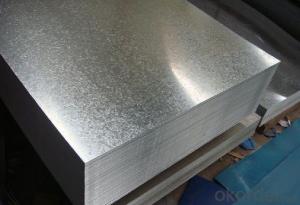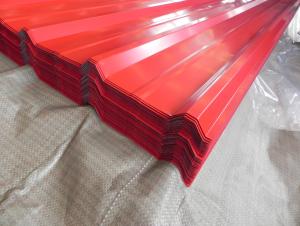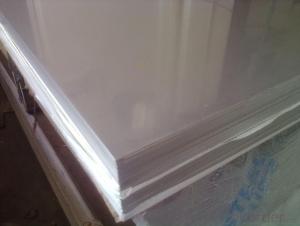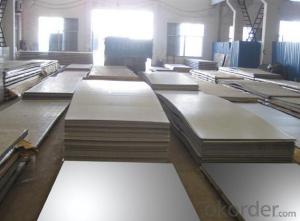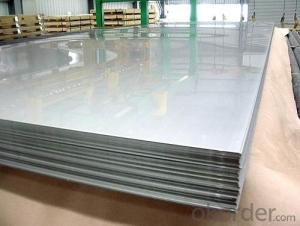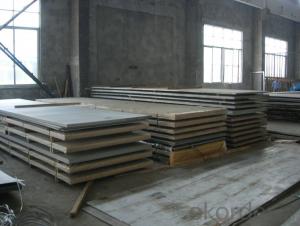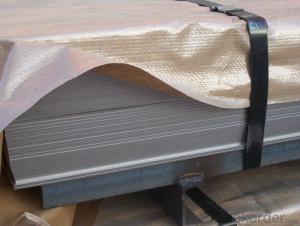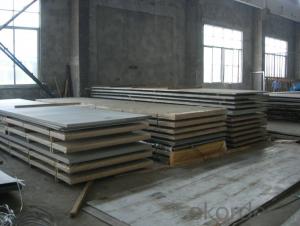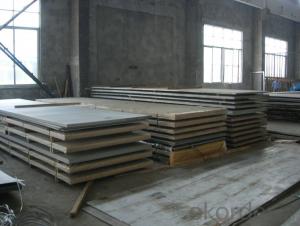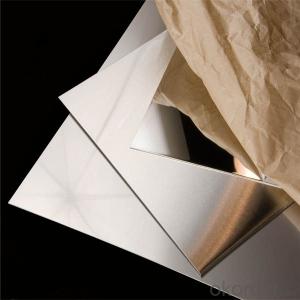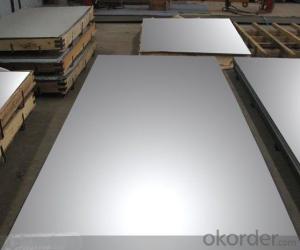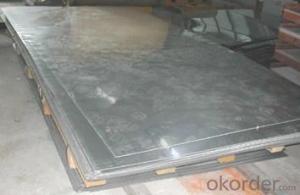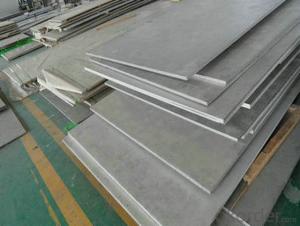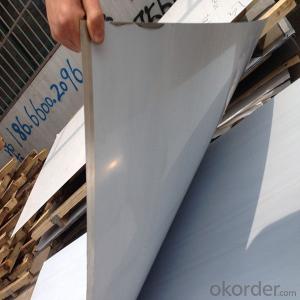Sheet Of Stainless Steel
Sheet Of Stainless Steel Related Searches
Black Stainless Steel Sheet Stainless Steel Sheeting Stainless Steel Sheet Near Me Thin Stainless Steel Sheets 4 X 8 Sheet Of Stainless Steel Steel Mesh Sheet 4x8 Sheet Of Stainless Steel Stainless Steel Sheets Near Me 1 8 Stainless Steel Sheet Stainless Steel Sheets For Sale 1/8 Stainless Steel Sheet Thin Sheet Stainless Steel Sheet Of Aluminum Foil Stainless Steel Sheet Metal Fabrication Stainless Steel Sheetmetal Stainless Steel 4x8 Sheet Stainless Steel Desk 4x8 Stainless Steel Sheet Stainless Steel Shelves Cold Rolled Steel Sheet Stainless Steel Sheets Price 16g Stainless Steel Sheet Stainless Steel Shelving Stainless Steel Wall Art Stainless Steel Sheets 4x8 Material Stainless Steel 316 Stainless Steel Sheet Stainless Steel 4x8 Sheets 16 Gauge Stainless Steel Sheet Stainless Steel Sheet PriceSheet Of Stainless Steel Supplier & Manufacturer from China
Sheet of stainless steel is a versatile material known for its corrosion resistance, durability, and strength. It is made from an alloy of iron, chromium, and other elements, which contribute to its unique properties. This product is widely used in various industries due to its ability to withstand harsh environments and maintain its integrity over time.The sheet of stainless steel is commonly utilized in construction, automotive, aerospace, and food processing industries, among others. It is particularly popular for applications where hygiene and cleanliness are of utmost importance, such as in kitchen appliances, medical equipment, and food processing machinery. The product's resistance to corrosion and staining makes it an ideal choice for both functional and aesthetic purposes, ensuring that it remains visually appealing while performing its intended function.
Okorder.com is a reputable wholesale supplier of sheet of stainless steel, boasting a vast inventory to cater to the diverse needs of customers. The company prides itself on offering high-quality products at competitive prices, ensuring that clients receive the best value for their investment. With a commitment to customer satisfaction, Okorder.com is a reliable source for businesses seeking to incorporate sheet of stainless steel into their operations.
Hot Products


